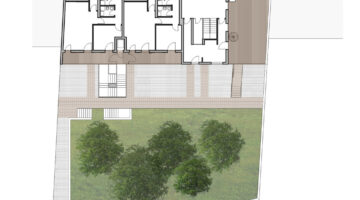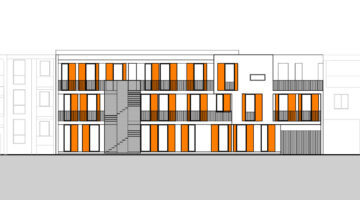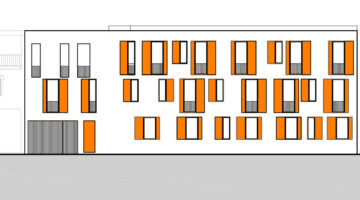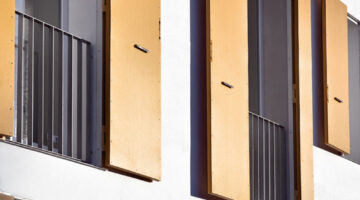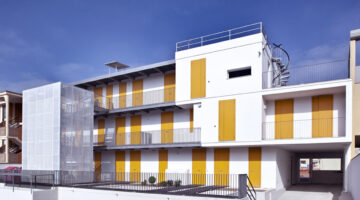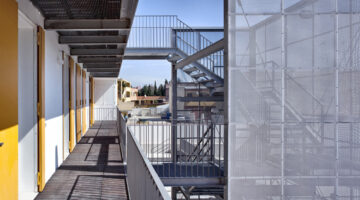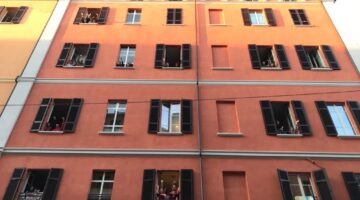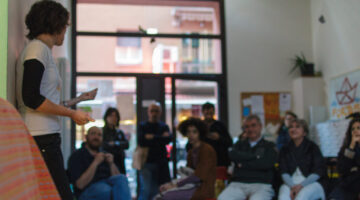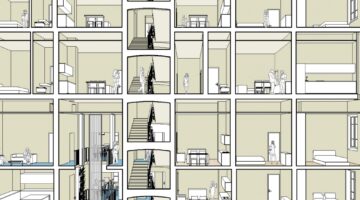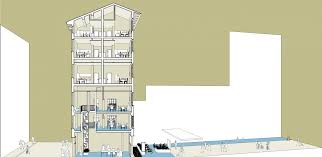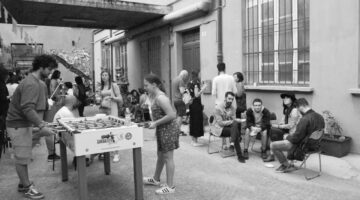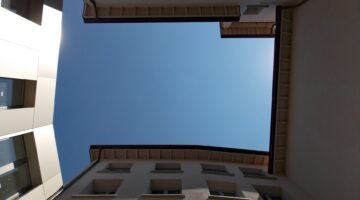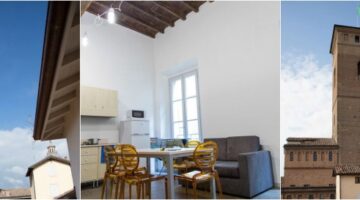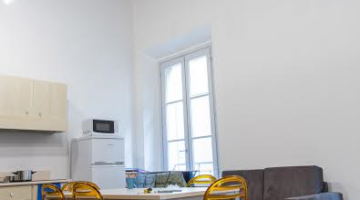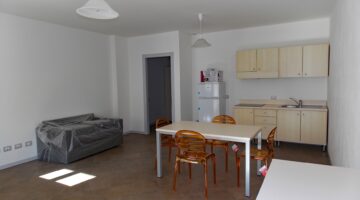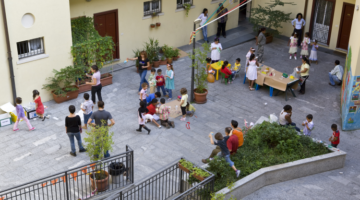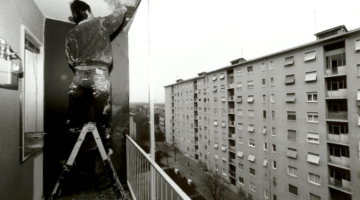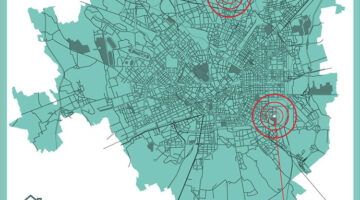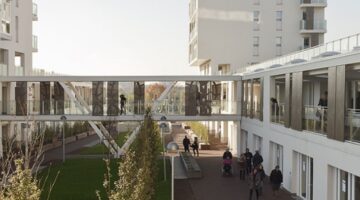Essential Homes Research Project
Main objectives of the project
The Norman Foster Foundation and Holcim presented the "Essential Homes" research project at the opening of the Venice Architecture Biennale 2023. Norman Foster's foundation has designed a housing prototype aimed at providing safety, comfort and well-being to displaced populations in need of shelter, often living for decades in temporary settlements. Holcim has contributed sustainable building solutions to the project, ensuring that it is low-carbon, energy efficient and follows circular principles, demonstrating the viability of sustainable construction in emergency situations.
Date
- 2023: En proceso
Stakeholders
- Architect: Norman Foster Foundation
- Architect: Holcim
Location
Country/Region: Italy, Venice
Description
More and more communities are suffering the consequences of natural disasters, wars or other humanitarian crises, forcing them to leave their homes and countries to stay in refugee camps. Although these camps are conceived as temporary solutions, reality and experience have shown that they become permanent settlements where families spend many years. However, the shelters designed to house them continue to be designed on the basis of creating cheap, quick and temporary structures.
Given the permanent status of these settlements, the Norman Foster Foundation wants to propose a different approach to this problem. Refugees and displaced communities should be entitled to better quality structures. We should aim to design homes, not temporary shelters, and we should create communities rather than camps. It is imperative, therefore, that designers and engineers direct their efforts and skills to providing the best possible affordable and permanent living structures.
The project presented by Holcim and the NFF at the Venice Biennale 2023 addresses this humanitarian problem and proposes a design that aims to raise the quality of these structures. To illustrate this concept, two interventions are proposed for the 2023 Venice Biennale: building a life-size house in the Giardini Marinaressa and creating an exhibition in the Palazzo Mora to complement the Giardinni pavilion. The humanitarian crisis context will be shown through graphics, timelines, diagrams and photographs, along with the evolution of the "shelter" concept. Physical models, renderings, drawings and panels of the project will be produced to illustrate how the Giardini house could generate communities in diverse geographies.



